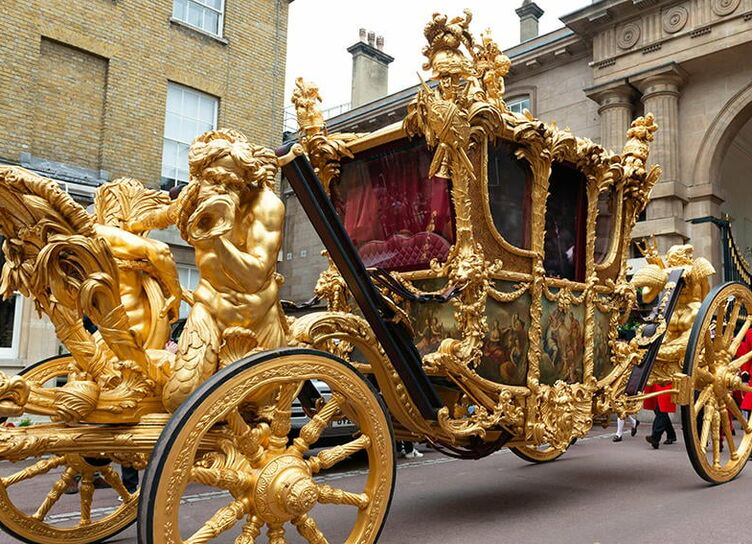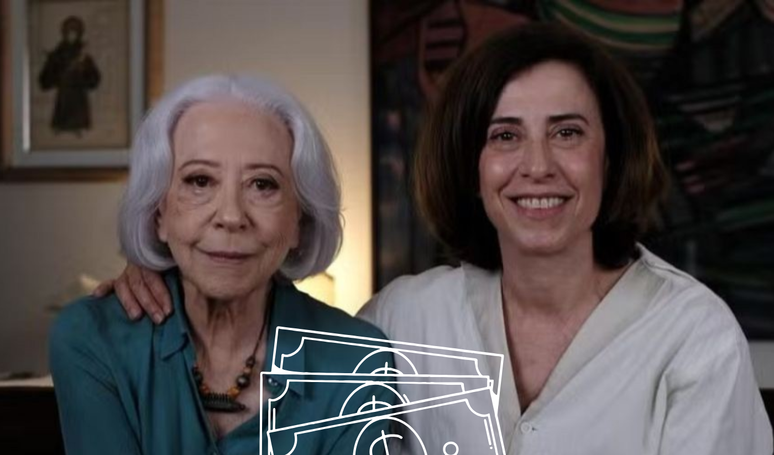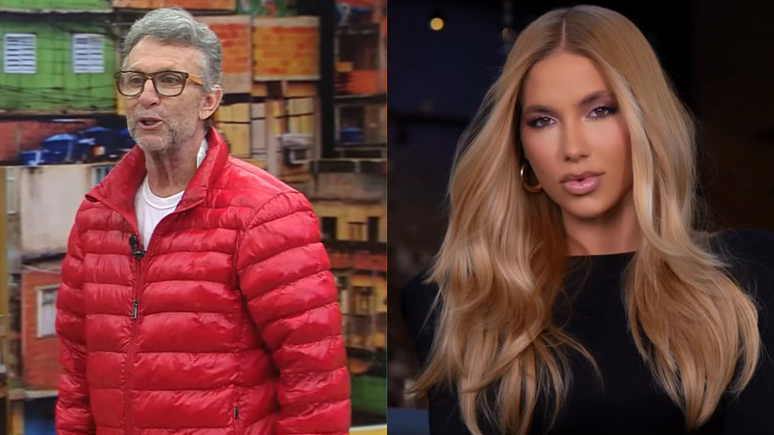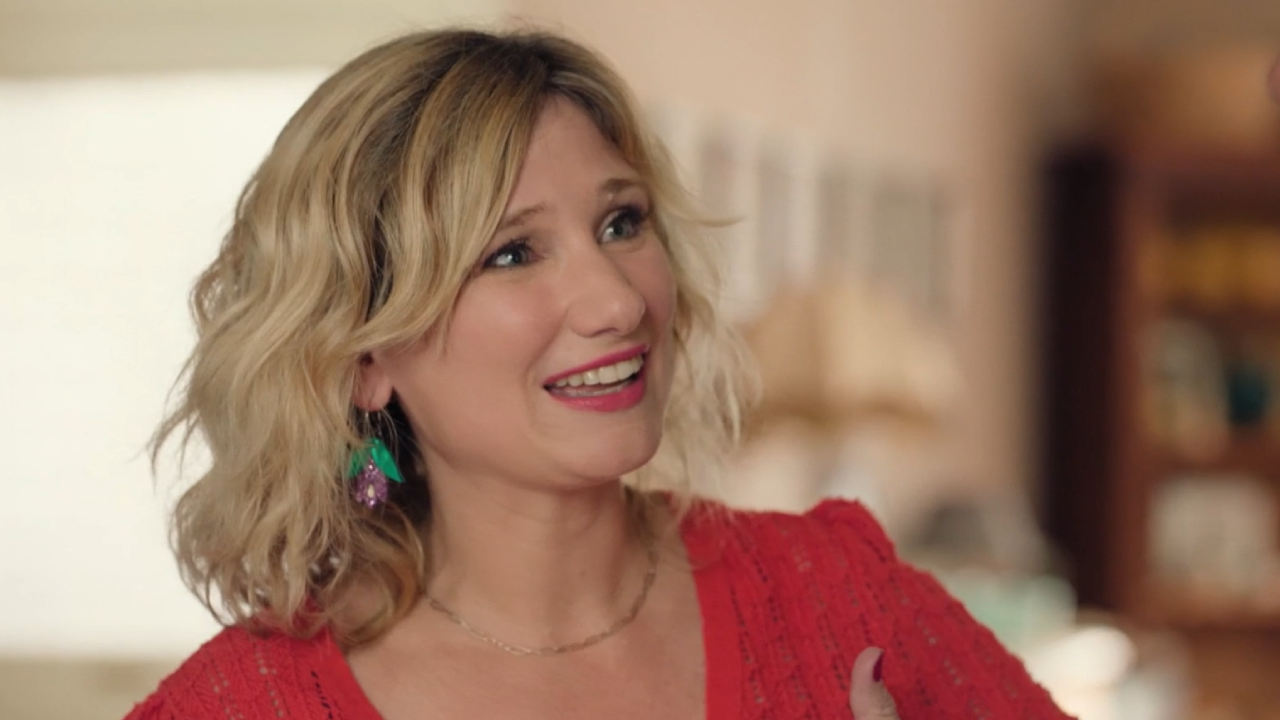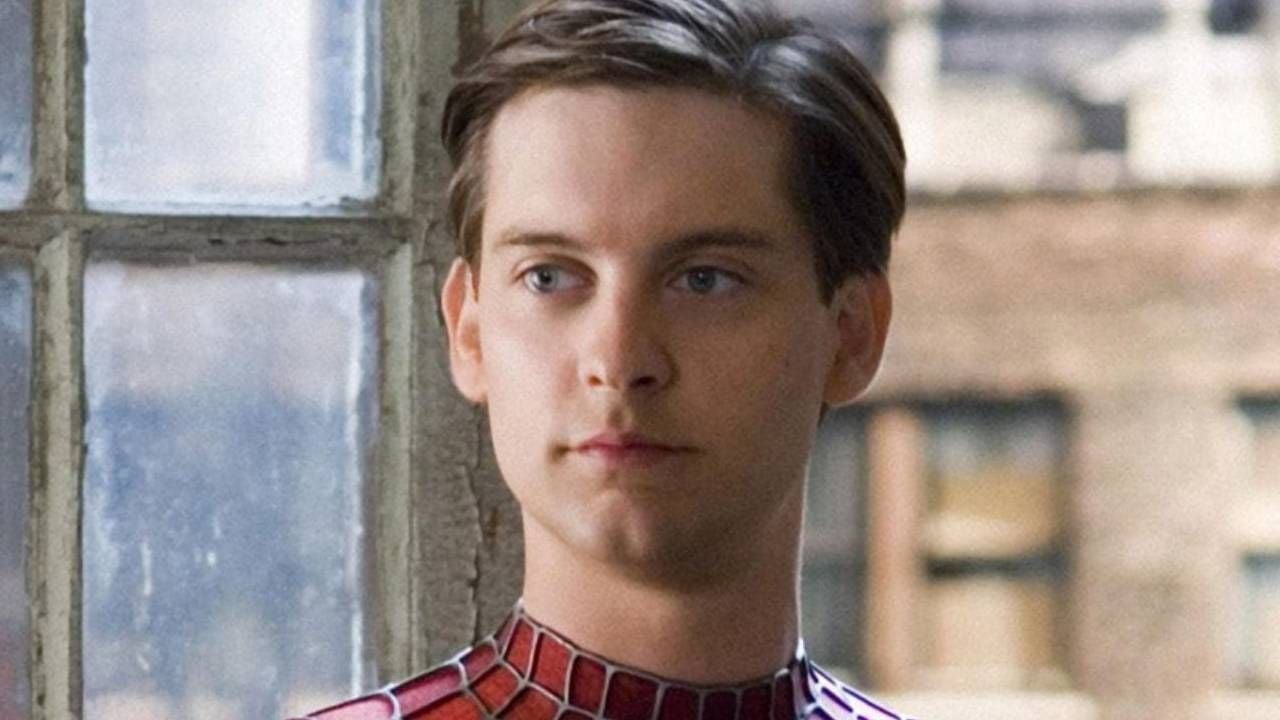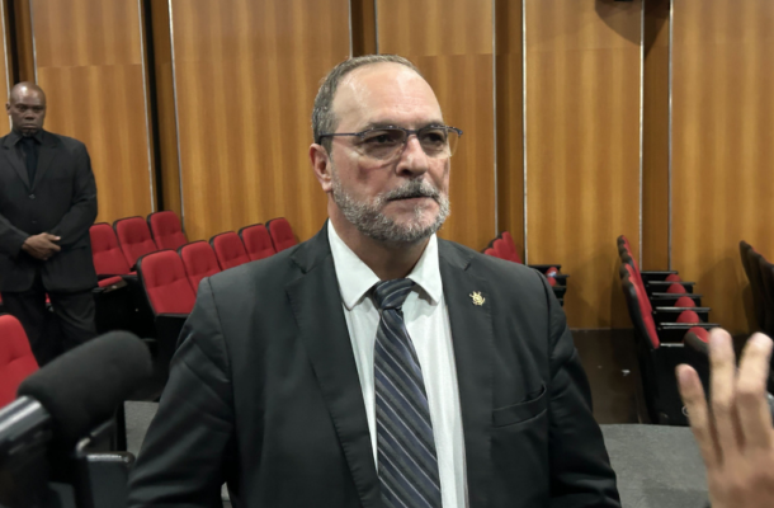______________________________
The coronation of the British monarch Charles is not far off III and his wife Camilla, and we will have the rare opportunity to see the royal couple in the full brilliance of the old golden Government Coach of Great Britain. We talk about this and other means of transportation of members of the royal family in the weekly column. HELLO!.
The other day, Buckingham Palace published the route of the procession on May 6 to Westminster Abbey for the coronation, and from it — after the ceremony. Interestingly, the king and queen will go there in a harnessed six horses Diamond Jubilee State Carriagemade for the 80th birthday of Queen Elizabeth II. But back to Buckingham Palace, the crowned king and queen will be taken by an old golden carriage drawn by eight horses, which served the coronations of British monarchs, starting with William IV in 1831.

Built in 1762 during the reign of King George III, this carriage is, of course, more of a historical value than a means of transportation. With a length of 8.8 meters, a height of 3.6 meters and a weight of 4 tons, it is made of wood and covered with a thin layer of gold. She is harnessed by eight horses in a red morocco harness. And although the carriage is provided with an irradiation for the coachman, but because of its antiquity and heaviness, postilions have been driving horses for many decades. — one for each pair. The wheels are decorated with silhouettes of tritons, two of which are— at the front of the carriage — they blow into the shells: “Make way for the monarch!”.
The doors and windows are framed by palm branches, on the roof there is an imperial crown made of gilded wood, which is held by three cherubs, symbolizing the union of England, Scotland and Ireland. They carry a sword, a scepter and a badge of chivalry in their hands. On the sides, front and back, at the eye level of passers-by, are panels painted by the Italian artist Giovanni Battista Cipriani, who lived in England. One of them depicts Mars and Minerva, who are not fighting, but holding the crown of the British Empire. — symbol of the monarchy. This should mean that the new monarch will bring peace and prosperity to his subjects.

Despite the luxurious and truly royal appearance, in recent years this carriage has hardly left the stables. Queen Elizabeth II for 70 years of her reign, she used it only three times: at the coronation, during the 25th anniversary and the 50th anniversary on the throne. True, the reason for this was not only and not so much its value and uniqueness as a very uncomfortable design. The carriage is supported by braces and leather straps, and it swings not only back and forth, but also from side to side. Even King William IV, a former naval officer, compared a trip in it with being on board a ship “rocking in a stormy sea.”
Queen Victoria, although she used the state carriage for ceremonial trips in her youth, was also not enthusiastic about her and often complained of “depressing fluctuations.” According to the BBC, after World War II, the current monarch’s grandfather, George VI, ordered a major overhaul, including rubberizing the iron-clad wheels to provide at least some comfort. But this did not save the situation. Last year — in honor of the platinum jubilee of Queen Elizabeth II — Her Majesty’s hologram rode and greeted her subjects on the State Coach of Great Britain.
The monarch herself could not sit in it. Therefore, the British were not surprised to learn that King Charles III changed the route along which his mother rode from the coronation to the palace, and instead of 8 kilometers, which Elizabeth II spent 2.5 hours, he has to overcome two kilometers.

By the way, in the royal stables they say that on June 2, 1953 it was rather cool, and so that the young monarch would not freeze, the staff had to put bottles of hot water under the seat. Modern carriages, fortunately, although they look old, are equipped with the latest technology, and, of course, they have the possibility of heating the cabin. One of them — planned for the 80th anniversary of Elizabeth II, but built almost eight years later, pleased the queen until the end of her life. It is on it, called the State Carriage of the Diamond Jubilee, that Karl III.

The closed carriage is made in a classic style and looks elegant and solemn. The goal of its creator, William James Frecklington, was to reflect the history and heritage of the United Kingdom, using materials from historic buildings, ships and other British artifacts in the construction. This state carriage is made using items directly associated with more than 30 kings and queens of England, Scotland and Ireland, iconic characters in British history, its biggest victories and landmarks.
For example, the crown on the roof is carved from the wood of Lord Nelson’s flagship, HMS Victory. Pieces of wood from the Tower of London, the Mayflower ship, Canterbury Cathedral, Kensington Palace, St. George’s Chapel in Windsor, etc. were used in the carriage’s upholstery. It is decorated with fragments of historical objects. — from the Scottish Coronation Stone to the counterweight of London’s iconic Big Ben clock.
No less important is that this three-ton carriage is equipped with hydraulic suspension, air conditioning, electric lighting, power windows. On it, the late Queen enjoyed riding to the annual opening ceremony of the session of Parliament.

In the royal stables there are not only state carriages used for ceremonial events. There are open landaus, five of which we can observe in mid-June — they are worn by members of the Windsor family to the famous races at Ascot. In addition, there you can see the famous “glass” carriage, which in November 1947 carried the newlyweds — Princess Elizabeth and Duke Philip of Edinburgh.
On July 29, 1981, she delivered the bride of the heir to the throne, Diana Spencer, to St. Paul’s Cathedral in London. Lady Dee was returning back, accompanied by her legal spouse and on other transport. — open black landau, decorated with gold. This carriage was made in 1902 for the coronation of Edward VII. It was also used for the wedding of Prince Andrew and Sarah Fergusson in 1986, and in 2011, newlyweds Prince William and Catherine Middleton greeted the admiring audience from it.
Royal stables at Buckingham Palace — it is also a museum, so there are also outdated wagons, even the State Sleigh of Queen Victoria. But at the same time, it is also a garage that contains State cars. — predominantly Bentley And Rolls–Royce. They differ from the personal transport of members of the royal family in that they are painted in black and burgundy and do not have license plates. These cars are driven by several chauffeurs who work in the stables under the supervision of the chief royal chauffeur in charge of transporting the king.

Source: Hellomagazine
Ashley Fitzgerald is a journalist and author at Gossipify, known for her coverage of famous people and their lives. She writes about a wide range of topics, including celebrities, influencers, social media stars, and public figures. Her articles are known for their in-depth analysis and unique perspective. She is respected for her ability to keep readers up to date with the latest news and trends of the famous people.

